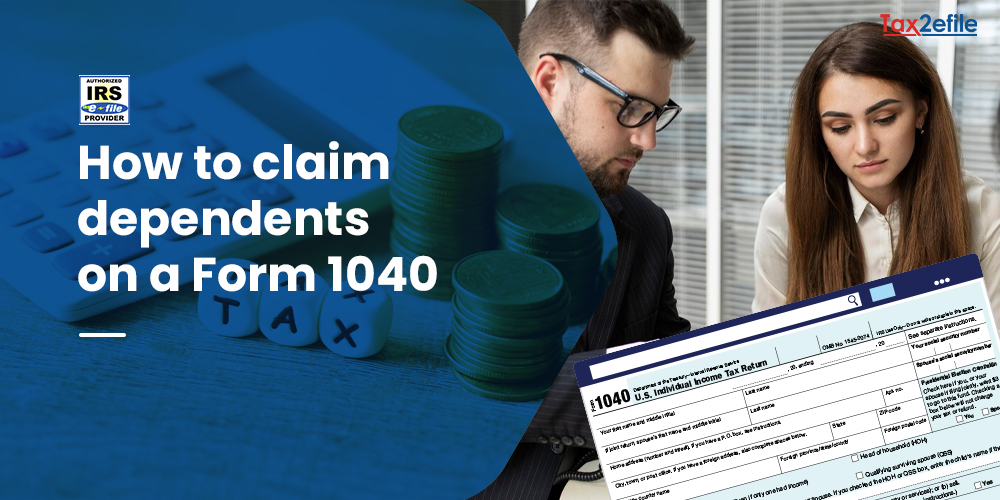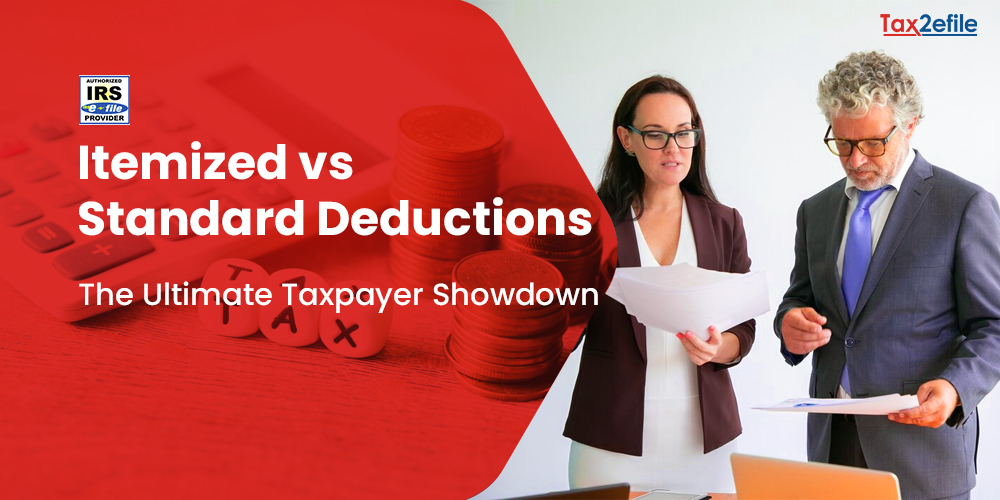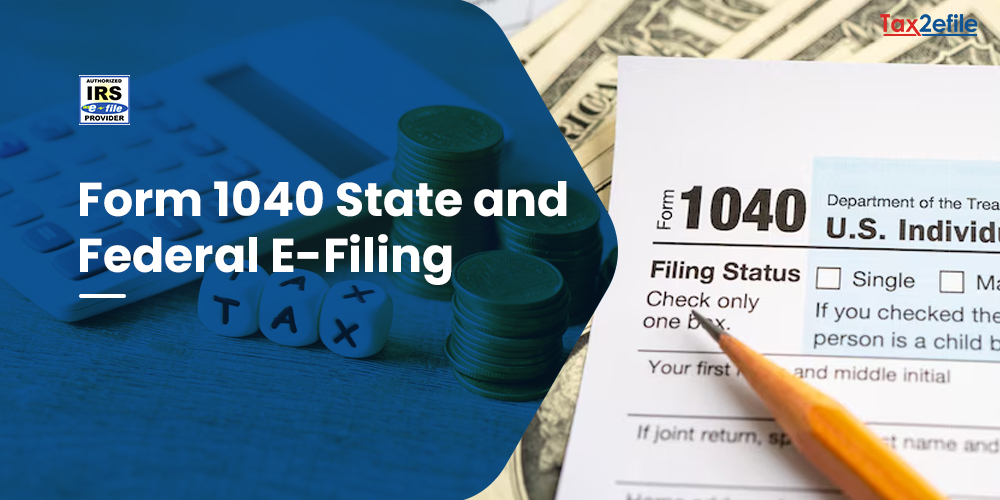- September 15, 2023

The 1040 Form is relatively a concise Form that has just 23 lines and it comes with 6 schedules. The 1040 Form offers simple solutions for most tax filers who want to report their income from jobs. If the situation is complicated, and if the tax filer claims tax credits or tax deductions for their additional income or contributions, then they may have to use any one of the six schedules that go with the 1040 Forms.
Schedules to be used with Form 1040
- Schedule 1: This schedule is used to report adjustments in income and additional income.
As a taxpayer, if you have received additional taxable income from your investments or have received any funds as a freelancer then you should report these sources of income in Schedule 1. You can also use this schedule to report rental income from real estate investments and income received as unemployment compensation. There are many sub-components of Schedule 1 and they are as follows.
- Use Schedule C to report income from self-employment. If you have received deductions from business-related expenses, then you can use Schedule C to calculate the net income.
- Use Schedule D if you have capital gains from investment sales or distributions from mutual funds to report your net gains or losses.
- Use Schedule E to report rental income from real estate or income for partnerships or royalties.
You can also use Schedule 1, if you are claiming additional adjustments in income, such as contributions for health savings accounts, contributions to IRAs, interests paid on student loans, educational expenses, etc.
- Schedule 2: To pay additional taxes:
If you have to pay additional taxes on investment income or alternative minimum tax, then you should file Schedule 2 with Form 1040. You can also use Form 6251 to calculate the alternative minimum tax that is available in Schedule 2, line 45.
- Schedule 3: Use this schedule to report nonrefundable credits:
Schedule 3 can be used by tax filers who are claiming nonrefundable tax credits. This includes the credits for retirement savings and the credits for the educational costs that we paid. The credit for the foreign taxes and credit for the home improvements and residential energy equipment is reported on Schedule 3 along with Form 1040.
- Schedule 4: To report other taxes:
This schedule is used to list and sum all the other taxes that might apply to the situation of the taxpayer, including self-employment tax, Medicare taxes, uncollected social security taxes, and penalty taxes owed on the IRA withdrawals.
- Schedule 5: Report refundable credits and other payments:
You can use Schedule 5 to claim additional refundable tax credits such as social security tax withheld, net premium tax credit, credit for federal tax on fuels, etc. You can also use this schedule to report estimated tax refunds on past tax payments.
- Schedule 6: To designate a Third Party:
If you use a foreign address and if you want to designate a third party or a taxpayer to communicate the tax returns with the IRS, you can use Schedule 6.
If you are still confused about which schedule to use with your 1040 Form, you can choose to get help from credible e-filing companies like Tax2efile, to help with on-time tax payments without any errors.


